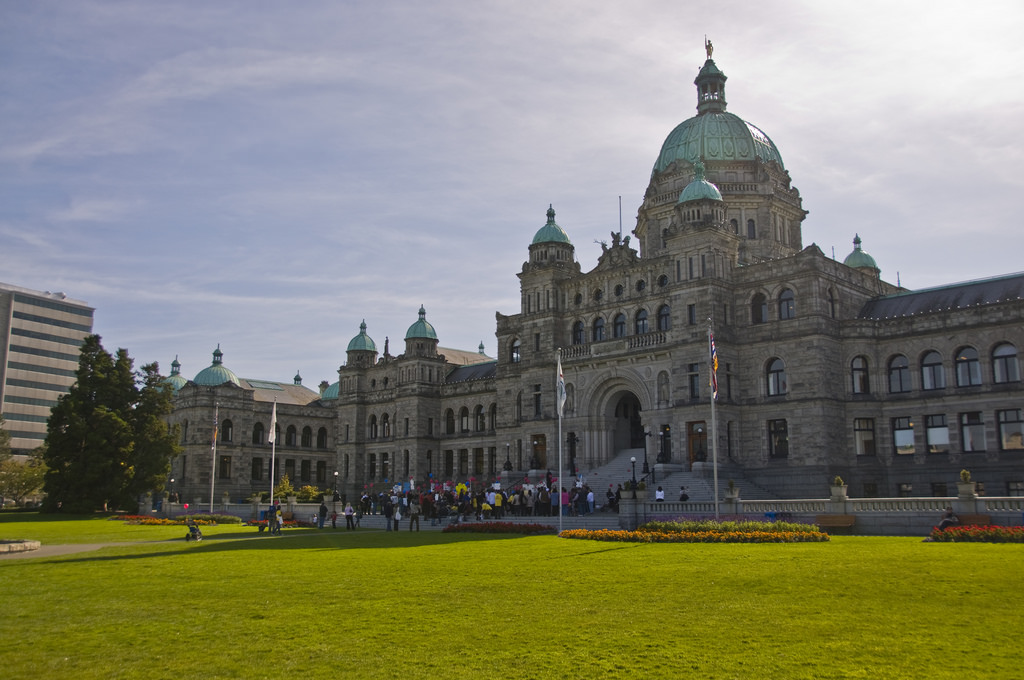If you are transitioning a society on your own, the process is quite simple. This post details the barebones process for transition of a non-member-funded society.
Note that if transitioning without legal advice, you should consult the Act and regulations, as well as the Registry’s transition guide, to ensure your bylaws do not conflict with the new Act.
- Create an electronic consolidated version of your society’s bylaws. In August, the Registry will be providing a certified copy of all filings for $40 — this is a great starting point for those who don’t keep track of their most recent bylaws.
- Prior to October 2016, ensure your society’s Statement of Directors and Registered Office address is up to date. Without a recent address for a registered office, your society may miss out on important communications from the Registry.
- In October 2016, each society will receive a PIN code, which will allow it to onboard onto the Registry’s new online system. At a presentation in July, the Registry announced this PIN will not be provided by phone or e-mail, and will only be sent in hardcopy (at present).
- Choose one member of your society to onboard. This person will create a BCeID, an electronic account, specific to them as an individual. They will then link their personal BCeID with the PIN and be asked to change it. They may then distribute the PIN to other key society directors and manager, as well as service providers of the society (such as accountants, paralegals, or lawyers). Each person will be able to link their BCeID with multiple societies.
- Prior to transition, ensure your society’s most recent annual report is filed with the Registry. Without a file annual report, your society cannot transition. If you society does not transition by November 28, 2018, your society will be struck from the register.
- Once on-boarded, create a copy of your society’s constitution and remove all provisions other than your society’s purposes (and add a statement you are member funded, if this applies to you). Put all the excess from the constitution into your consolidated bylaws. I’d recommend doing this at the end of your current bylaws, for ease of reading. If a provision was previously unalterable, reproduce it in full and add “This provision was previously unalterable.”
- In the online system, cut-and-paste or type out your now lean constitution. If you are member funded, ensure you click the appropriate box and have the appropriate statement in your constitution. You do not want to miss this important step.
- In the online system, upload your revised bylaws. Note that any other bylaw changes must be authorized by special resolution — without that resolution, you must file only the limited modified bylaws described above.
- Complete your electronic filing.
- Celebrate, as your society has successfully transitioned under the new Societies Act.
UNDERSTANDING THE TIMING OF SPECIAL RESOLUTIONS
If your organization wants to make changes to its bylaws, or wishes to change its constitution, different timing considerations apply. Please note that different considerations would apply to registered charities and those organization which received BC Gaming funds.
No bylaw changes
- Pre-November 28 – No need for a special resolution. The new Act expressly allows removal of provisions from the constitution which offend the new Act, and addition of the member funded provisions where allowed. It also expressly permits the slight modifications to the bylaws without a special resolution.
- November 28 / Transition – This is a simple transition, described above.
- Post-Transition – A special resolution is required to change bylaws, including previously unalterable provisions, and to change purposes. This resolution must be passed after November 28, 2016.
Bylaw changes on transition
- Pre-November 28 – A special resolution is needed to change the bylaws, if changes are over-and-above the house-keeping permitted by the new Act. This resolution cannot remove unalterable provisions.
- November 28 / Transition – The modified constitution and bylaws are filed, along with the special resolution. Note that they must include the previously unalterable provisions.
- Post-Transition – At this point, a new special resolution can be passed allowing for the removal of the unalterable provisions. This resolution must be passed after November 28, 2016.
Photograph by +Jethro+ under a Creative Commons license.


